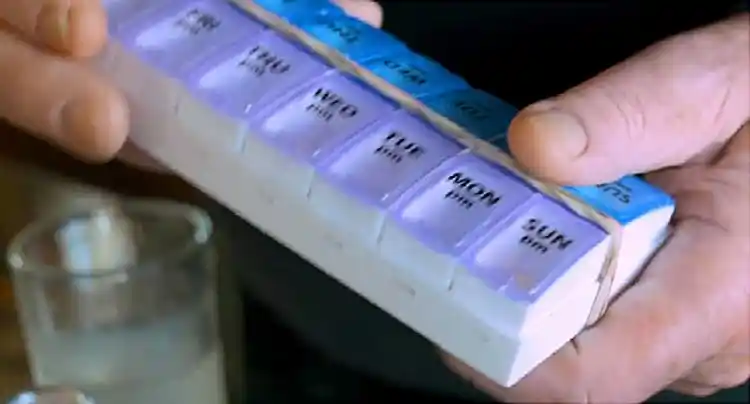CML Treatment Options

Hide Video Transcript
Video Transcript
If you've been diagnosed with CML, or chronic myelogenous leukemia, you know that your bone marrow is making cells from early versions of certain blood cells. Your treatment will be geared toward controlling this overproduction, as well as making you feel better.
There are three phases of CML, each determined by how many of a certain kind of cell, called a "blast" cell, that you have.
No matter what phase you're in, your doctor will be planning your treatment using the same basic approaches. You will likely get a "targeted therapy," which is one of the most effective ways to treat CML, especially in the early phase.
Doctors will give you a pill called a tyrosine kinase inhibitor, which blocks proteins that cause the cancer to grow.
You will probably stay on this medication for life, and it's important that you take it exactly as prescribed. Your doctor will monitor to make sure this therapy is working for you.
The side effects are considered mild and can include GI distress, headaches, and muscle cramps. If needed, you may get other kinds of treatment.
After chemo, you may get a stem cell transplant. It replaces unhealthy cells with healthy blood-forming cells and can restore your bone marrow, which is depleted by the chemo.
In some younger people, the transplant may cure CML, but generally it is considered an additional treatment.
Thanks to effective treatments like targeted therapy, many CML patients today can expect to live a full life.
Ask your doctor about any other questions you have about treatment for CML.
There are three phases of CML, each determined by how many of a certain kind of cell, called a "blast" cell, that you have.
No matter what phase you're in, your doctor will be planning your treatment using the same basic approaches. You will likely get a "targeted therapy," which is one of the most effective ways to treat CML, especially in the early phase.
Doctors will give you a pill called a tyrosine kinase inhibitor, which blocks proteins that cause the cancer to grow.
You will probably stay on this medication for life, and it's important that you take it exactly as prescribed. Your doctor will monitor to make sure this therapy is working for you.
The side effects are considered mild and can include GI distress, headaches, and muscle cramps. If needed, you may get other kinds of treatment.
After chemo, you may get a stem cell transplant. It replaces unhealthy cells with healthy blood-forming cells and can restore your bone marrow, which is depleted by the chemo.
In some younger people, the transplant may cure CML, but generally it is considered an additional treatment.
Thanks to effective treatments like targeted therapy, many CML patients today can expect to live a full life.
Ask your doctor about any other questions you have about treatment for CML.
